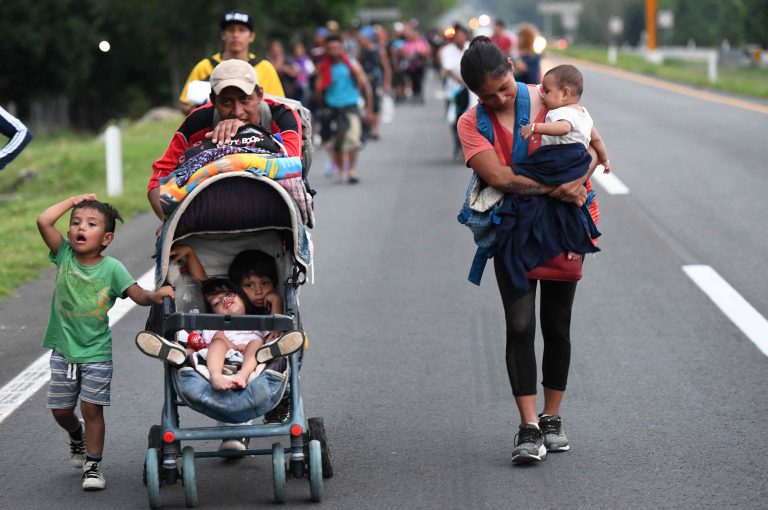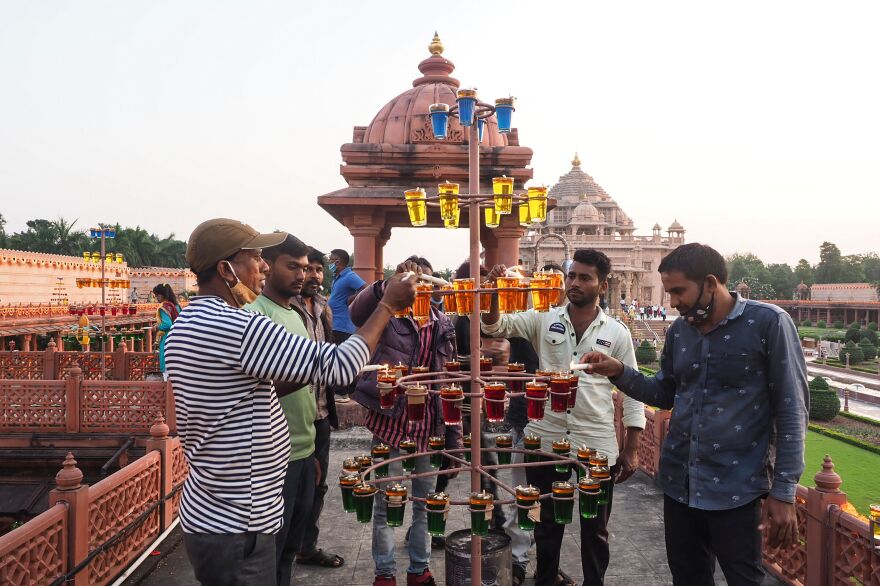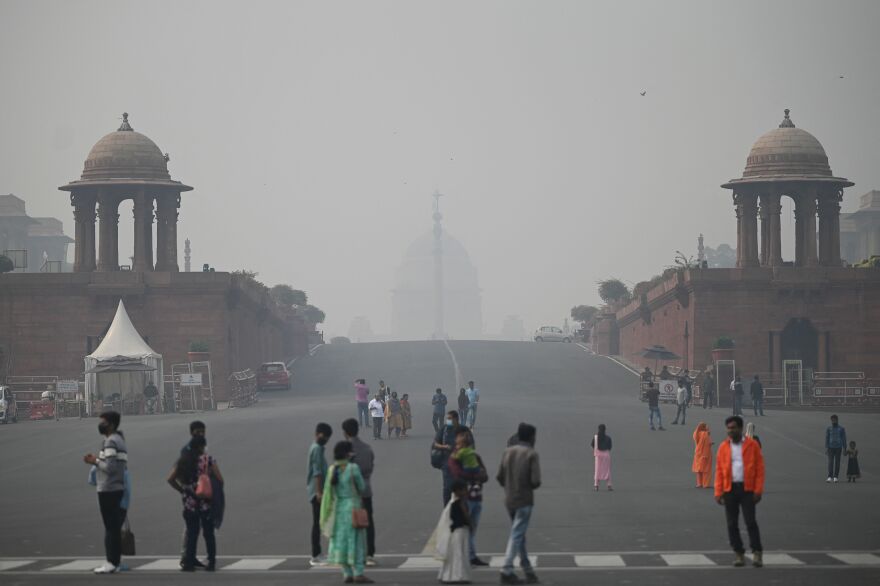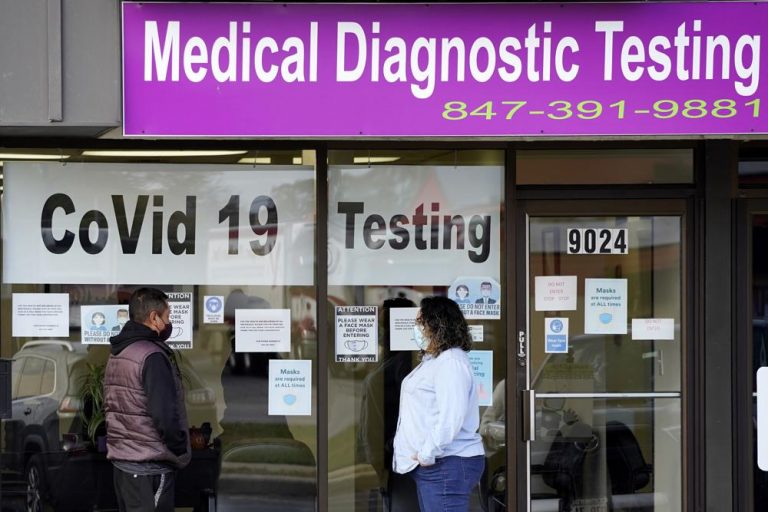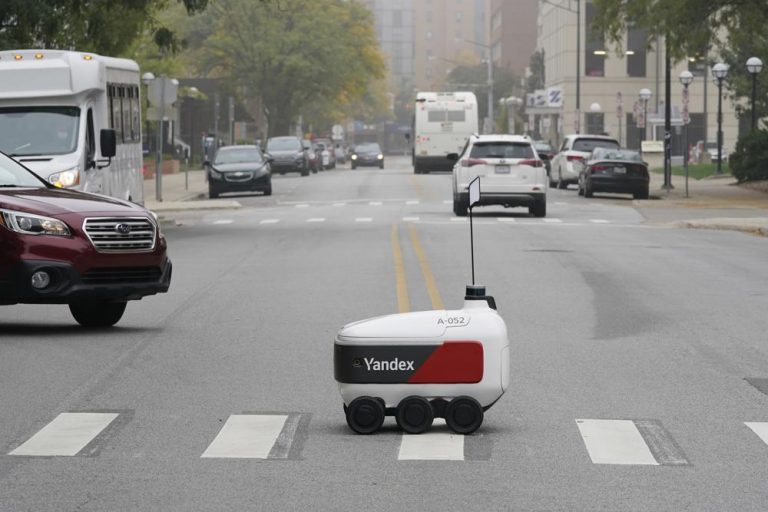Nearly 100 congressional Republicans demanded Thursday that the Department of Homeland Security detail its plan for dealing with a caravan of migrants making its way through southern Mexico toward the US border.
In a letter to Homeland Security Secretary Alejandro Mayorkas obtained exclusively by The Post, the lawmakers said they were “deeply concerned” about the situation and warned that border agents “are already overworked, undermanned, and under-supplied as a result of the influx of migrants this year.”
The letter, led by House GOP Conference Chair Elise Stefanik (R-NY) and Sen. Ted Cruz (R-Texas), also raised the specter of migrants attempting to force their way into the US after they pushed past a highway checkpoint manned by approximately 400 Mexican officers in the southern part of that country late last month.
“In the past year alone, U.S. Border Patrol has recorded nearly 1.7 million migrant apprehensions at the southern border, which is the highest number of illegal crossings in history,” Cruz and Stefanik wrote. “If the Administration does not begin to appropriately respond to these caravans and the ongoing border crisis, these surges will surely continue.”
“Joe Biden’s failed border policies have created the worst crisis at our southern border in 30 years. These policies are now incentivizing mass caravans of illegals to head to our southern border,” Stefanik said in a statement. “Instead of addressing the root cause of our border crisis, the Biden Administration is doubling down on their failed policies. It is past time for the Biden Administration to take action to secure our southern border and our nation.”
The caravan is estimated to contain between 3,000 and 4,000 migrants, most from Central America and the Caribbean. Some estimates say the group includes up to 1,000 children.
A volunteer doctor told Reuters earlier this week that more than half of the caravan participants have some kind of illness, including possible cases of COVID-19. The Mexican government’s National Migration Institute confirmed that six people in the caravan had contracted dengue fever, five of them children.

Caravan organizers have rejected the Mexican government’s offer of visas in exchange for disbanding the march, claiming officials have failed to keep promises to help migrants in the past.
The latest surge is approaching the US weeks after thousands of migrants, many of them of Haitian origin, established a temporary encampment under a bridge in Del Rio, Texas, after overwhelming the border checkpoint there.
While thousands of illegal immigrants were rounded up from under the Del Rio bridge and deported to Haiti or voluntarily turned back into Mexico, DHS officials estimated that between 10,000 and 13,000 were released into the United States to wait for their asylum claims to be heard by US immigration courts.
